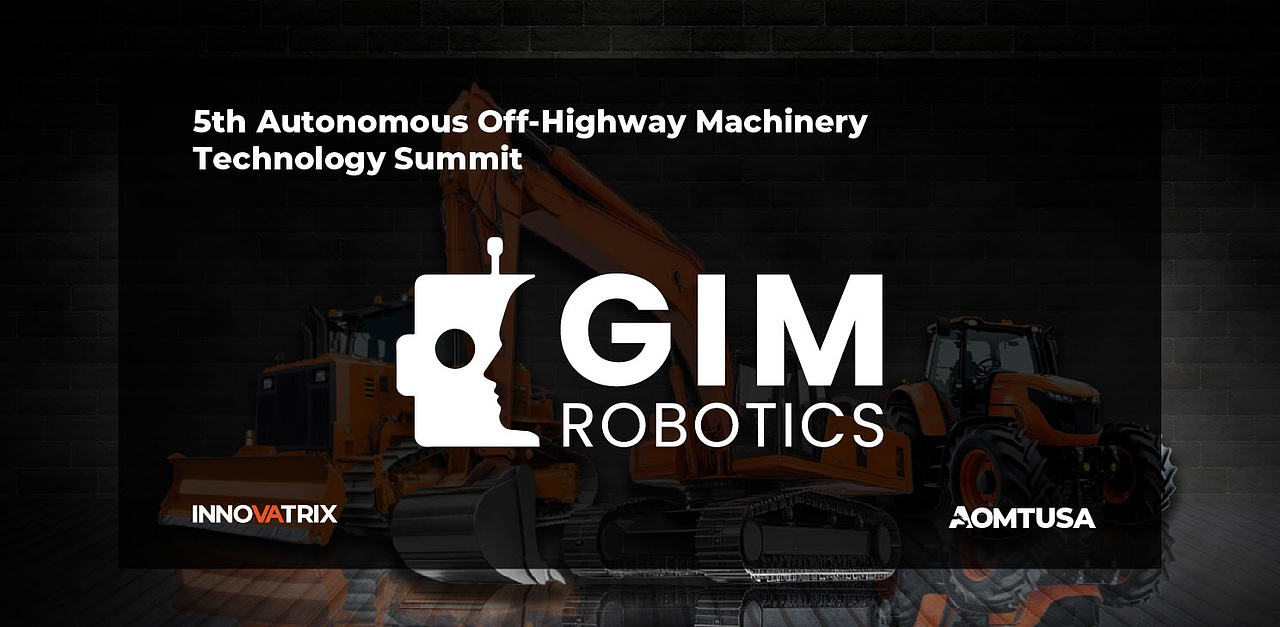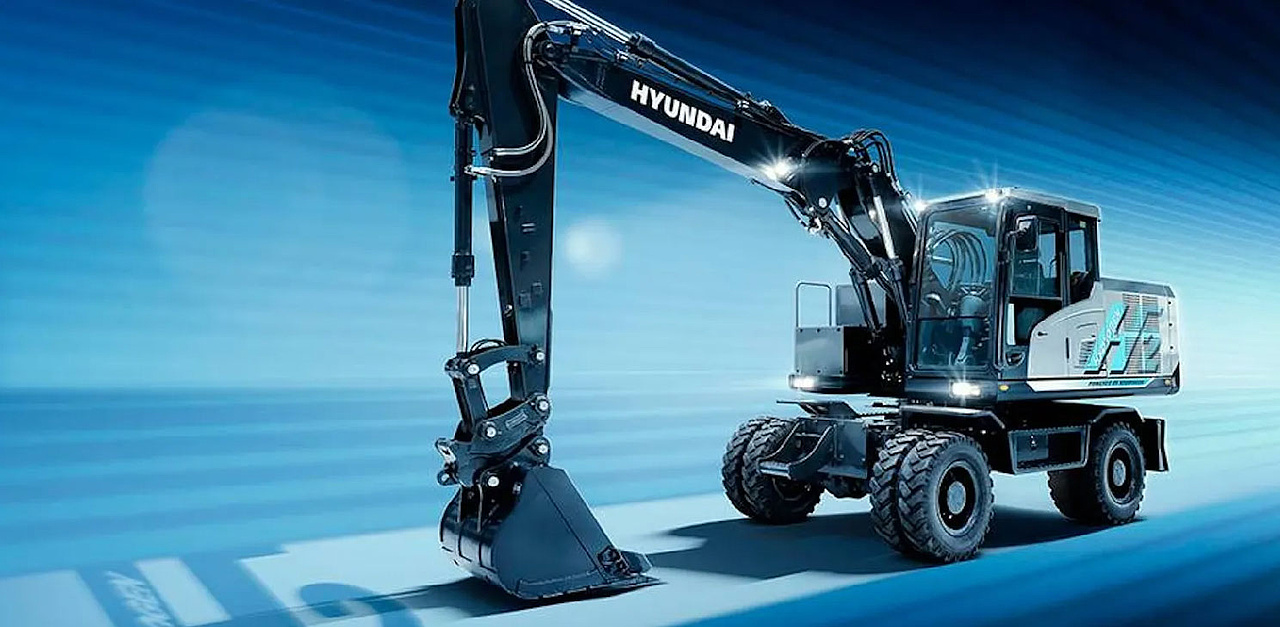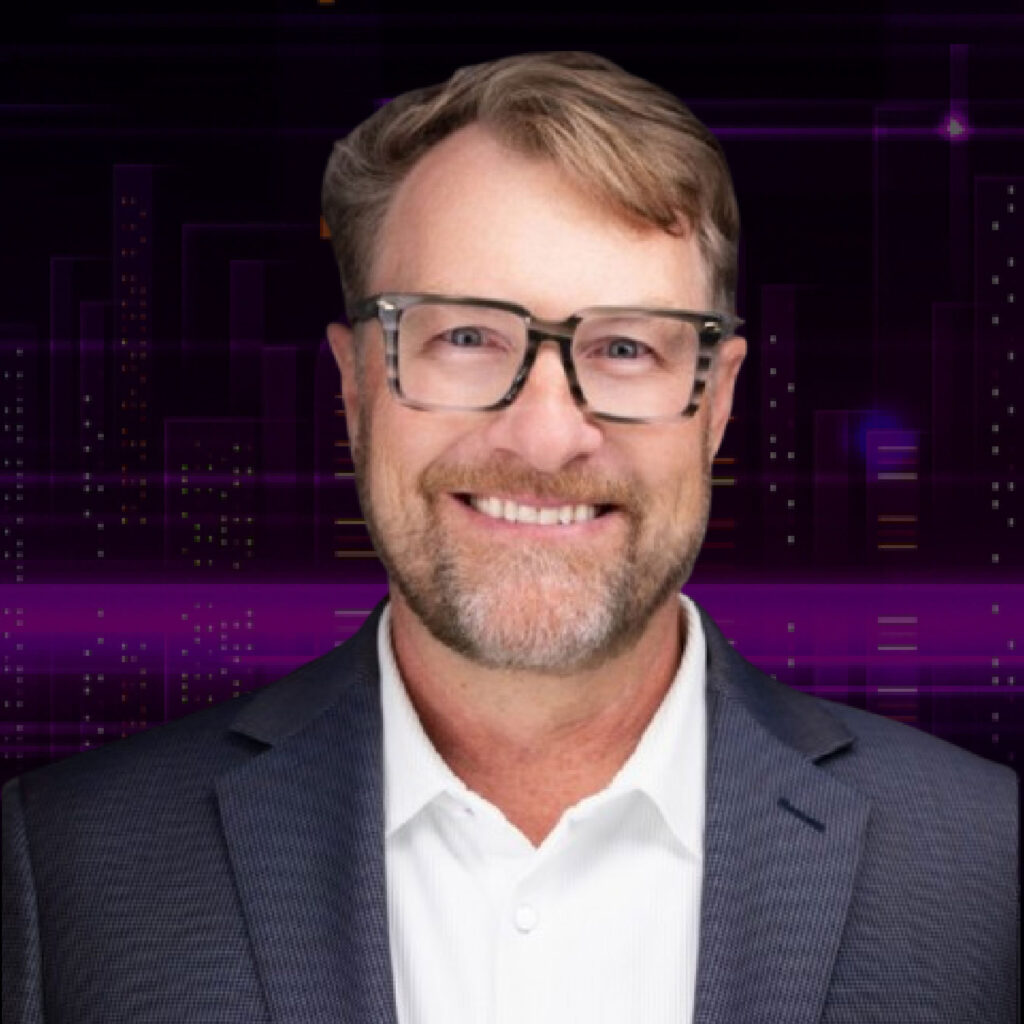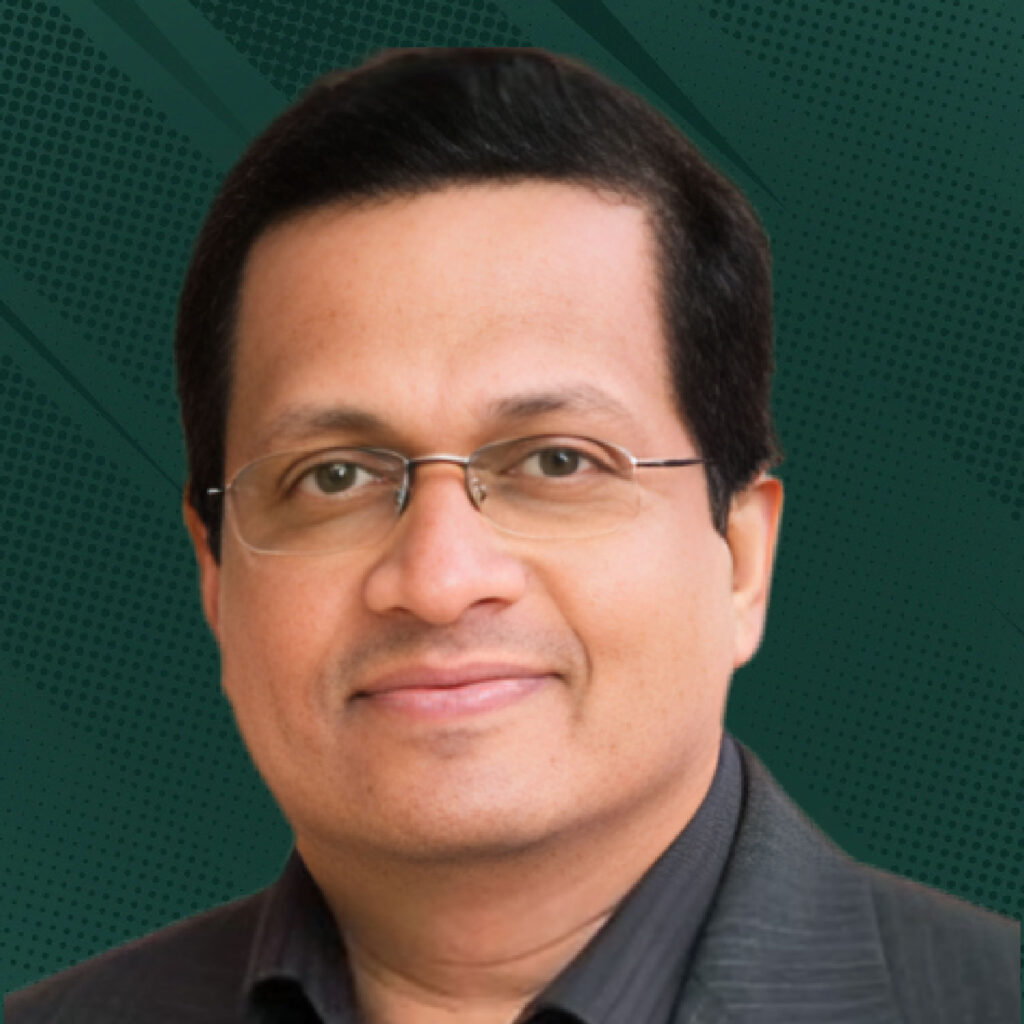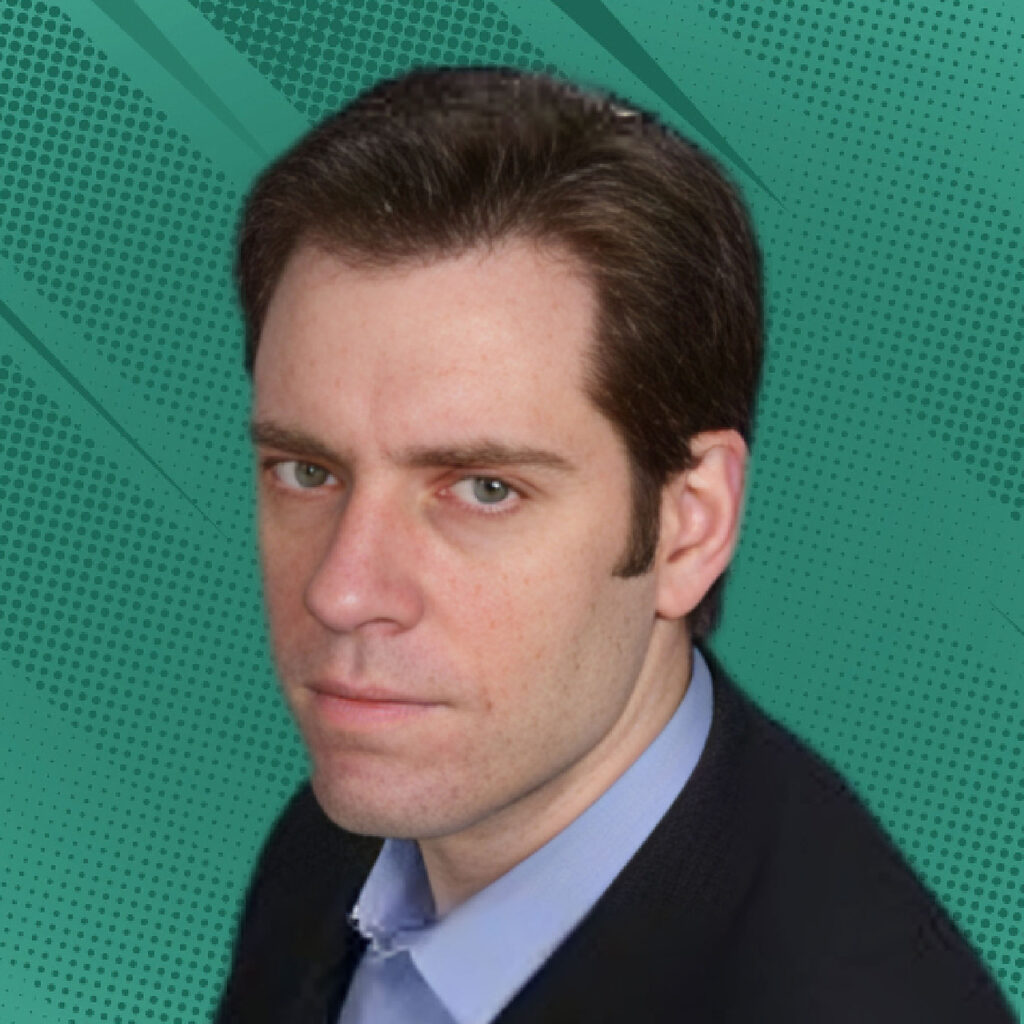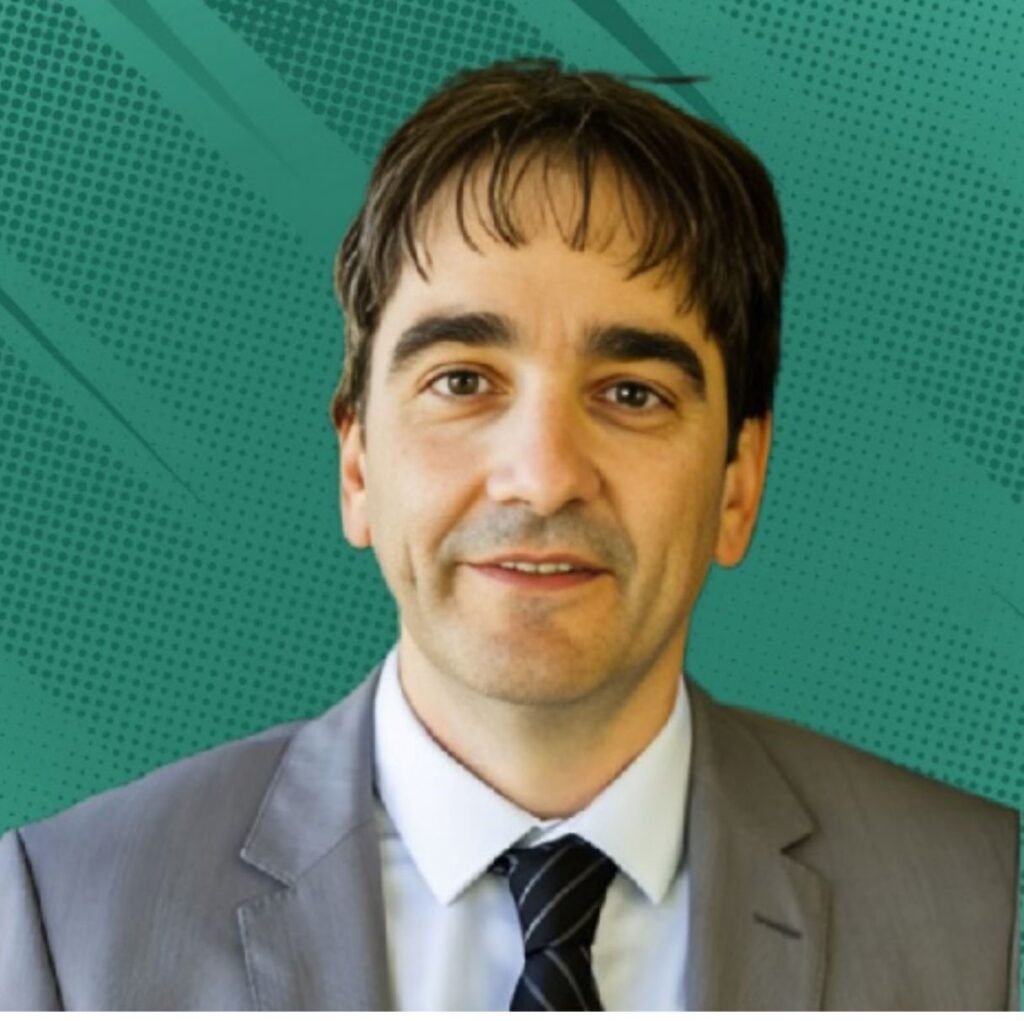The 3rd European Battery Gigafactory Summit: Advances In Planning, Engineering And Operations took place from May 14-15, 2025, with attendees from all over the battery manufacturing sector coming together in the industrial European hub of Berlin, Germany, at the Hotel Berlin Köpenick. The two day conference had a wide and comprehensive agenda that involved dozens of presentations from expert speakers, panel discussions, workshops and networking breaks.
Our attendees discussed the global supply chain’s critical role in reducing carbon emissions and shared their insights on overcoming challenges in site selection, regulatory compliance, and project management. They also covered advanced design strategies that optimise space and resources, cutting-edge construction techniques for large-scale production, and the integration of sustainable practices at every stage, from concept to completion, to ensure that the entire process contributes toward a more sustainable future.
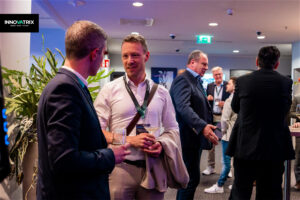
This article will provide a session recap for those who didn’t get the chance to attend and serve as a reminder for those who attended.
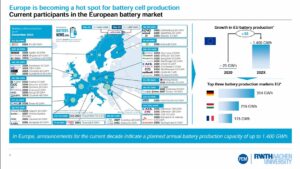
Europe’s Roadmap to a Competitive and Sustainable Battery Industry
Jessica Schmied, Group Lead Battery Production Management at PEM RWTH Aachen University
Jessica spoke about how Europe has game-changing announcements for the current decade that indicate a planned annual battery production capacity of up to 1.400 GWh. The latest trends emerging in Europe are the expansion of gigafactories, a focus on cost reductions (€/kWh) and green manufacturing. There has been a focus on investments in research and innovation to advance battery technology and methods, with a significant proportion of European equipment suppliers primarily engaged in module and pack assembly. Overall, European suppliers demonstrate comprehensive engagement across the entire battery production, addressing the entire value chain. As the demand for electric vehicles grows, robust battery testing processes are vital for supporting technological advancements, enhancing consumer confidence, and driving the widespread adoption. In response to increasingly stringent regulations, batteries must undergo comprehensive testing that includes mechanical, thermal, and electrical assessments.
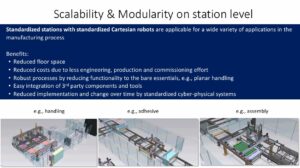
Challenges and solutions how to realize the material flow in battery production
Andreas Letsch, Director Center of Competence Factory Automation Battery at Bosch Rexroth
Andreas helped our audience understand the requirements to derive a versatile and cost-effective material flow concept, such as speed, precision, weight, shape, scale, and environment. He spoke about maintaining a high level of standardisation, enabling lower costs, during concept development and verification, based on cyber-physical solutions that are key to enabling future changes and keeping versatility high. Benefits of using simulation for standardisation include reduced floor space, robust processes by reducing functionality, easy integration of third-party components and tools and reduced implementation and change over time. He summarised that combining different technologies in segments is key to optimising material flow, with cyber-physical systems helping simulations to optimise throughput, TECO, engineering and ramp-up time.
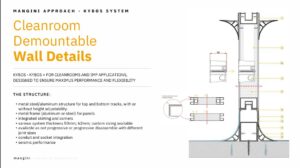
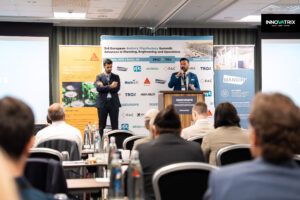
Cleanroom modular system approach in EV Gigafactories – Real Applications
Gianluca Urbano, Head of Industrial Division at Mangini Srl, and Francesco Sicuro, Area Manager at Nicomac Mangini
The pair started with an introduction to the company and discussed the key concepts of EV design, dewpoint and ISO levels in terms of standardisation and flexibility. Challenges to these include fire rating measures, potential downtime issues, DHU selection, microclimates, airflow design, and CAPEX versus OPEX. They provided the modular cleanroom as a solution, allowing standardisation to have a higher impact on the costs and schedule, with high standardisation having a >30% cost reduction and 20% schedule improvement. Their KYBOS + Integrated System is integrated with structural support and has the advantages of their holistic Mangini System based on cleanroom principles. Mangini provides a complete team from design to installation, along with pre-construction design services that manufacture custom projects with custom systems and cost savings when it comes to space and materials.
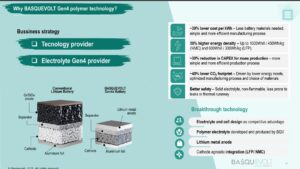
Lithium metal batteries: Affordable and sustainable solution to democratize electric mobility
Sergio Basconcillos, Process Engineering, Industrialisation, IT & Data Director at BASQUEVOLT
Sergio spoke about how Basquevolt’s Gen 4 battery technology offers OEMs and cell makers access to smaller, lighter, and more affordable next-generation batteries with higher energy density, improved safety, and a wider operating temperature range. Its advanced polymer technology enables rapid industrialisation and a cost-effective transition from traditional Li-ion, overcoming conventional polymer challenges. The process minimises supplier learning curves and leverages existing equipment, reducing technological risk. By simplifying manufacturing, Basquevolt cuts CAPEX by 30%, boosts line output, and lowers energy consumption by around 30%. Additionally, up to 90% of existing gigafactory infrastructure can be reused, making adoption fast, low-risk, and capital-efficient.
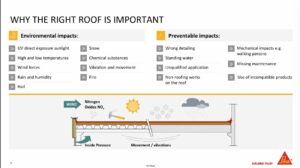
Sika, your trusted partner for battery gigafactory plants. Beyond the expected
Dejan Zugelj, Head EMEA Vertical Market Manager for Commercial and Industrial Construction and Jens Engstrand, EMEA PM Resinous & Cementitious Flooring at Sika Services AG
The pair shared with the audience how Sika is a comprehensive solutions provider for battery gigafactory projects, offering innovative, adaptable specifications aligned with evolving project needs. The company supports large-scale builds by addressing workforce shortages, ensuring supply chain strength, and providing risk management expertise. With global support and local involvement, Sika ensures efficient project execution through certified training for applicators and mandatory on-site monitoring. Sika’s commitment to sustainability is evident in its high-performance systems featuring bio-based content, ultra-low emissions (up to 90% VOC reduction), and compliance with top environmental standards. Sika’s products are free from harmful substances, enhancing safety and environmental performance without compromising quality.
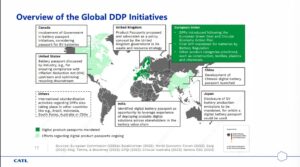
Legislative framework for large scale manufacturing
Pál Lászlóf, Advanced Legal Manager at Contemporary Amperex Technology (CATL), Hungary
Pál shared how the new EU Battery Regulation (2023/1542), part of the EU Green Deal and in effect since July 2023, applies to portable, LMT, SLI, industrial, and EV batteries. The Battery Passport, required by February 18, 2027, is a key aspect and is needed for each industrial battery to enhance transparency across the supply chain. Manufacturers and importers are responsible for its implementation. The battery passport is expected to have an impact on each actor involved beyond miners, refiners and producers, with EV/ESS battery manufacturing being a new industry from a regulatory perspective. It aims to reduce environmental impact, support the circular economy, and adapt to changing technologies, markets, and societal needs.
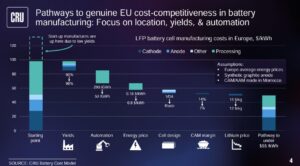
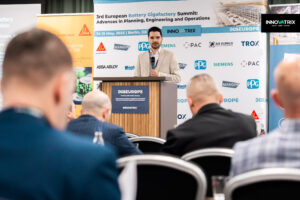
Achieving European cost-competitiveness in battery manufacturing factories
Sam Adham, Head of Battery Research at CRU
Sam discussed how battery manufacturers are focusing on cost reduction to survive in a market with tight margins and intense price competition. Supply chain strategies such as vertical integration go hand-in-hand with manufacturing know-how to deliver cost-competitiveness; vertical integration is a strategic imperative more than a cost advantage. Key cost mitigation strategies for European manufacturers include optimising factory yields, increasing automation, and selecting strategic locations. While low material prices help, true cost-competitiveness depends on technical innovation, upstream and midstream cost control, and capital expenditure leverage. Strong partnerships are a cost and strategic imperative. The changing supplier landscape highlights the importance of aligning supply chain strategies with technical know-how for sustainable competitiveness.

Procurement Strategy for Design and Construction of Gigafactories
Julien Besnier, Associated Director – France Head of Battery Sector at Turner and Townsend
Julien shared his insights on how adapting procurement routes to a project’s goals and the owner’s profile is essential for successful project delivery. The choice of procurement path should align with the owner’s priorities and project characteristics. A tailored packaging strategy that considers contractor specialisation, technical needs, and project scale ensures efficient execution. Their framework integrates 6 key components: aligning procurement with business strategy, defining clear approaches and packaging strategies for effective procurement execution, ensuring supply chain resilience and optimising efficiency, engaging the market effectively with strong collaboration with suppliers and stakeholders, implementing procurement plans and monitoring performance to meet project timeline, and developing robust contracts to secure delivery and mitigate risks.
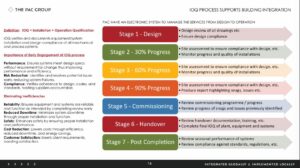
Driving Engineering Success Through Rigorous Machine Certification + Optimized
Stephen Dudley Technical Director | Building Integration and Thomas Stanley Global Director EHS + PAC 365 at The PAC Group
The duo spoke about PAC’s proven approach to gigafactory readiness accelerates production timelines and reduces delays through early integration of safety, equipment compliance, and stakeholder coordination. With global experience in CE, UL/CSA, and regional standards, PAC streamlines equipment certification by avoiding siloed procurement and deploying integrated solutions. Their 40+ member team has boosted cell output fivefold in a live 15GWh plant using process simulation, area integration, and on-site execution. Key tools like electronic IOQ systems, modelling software, and equipment integration toolkits support efficient planning and compliance. Local teams and phased construction strategies ensure resources are optimised, timelines are met, and costs are reduced, enabling smooth facility launches and faster start of production.
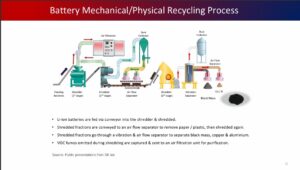
Closing the loop for Lithium Ion Batteries in Europe, does it work?
Nils Steinbrecher, Former Managing Director at Former TES Sustainable Battery Solutions GmbH
Nils shared how closing the battery loop in Europe faces several challenges, though viable solutions exist through standard pre-treatment and mechanical recycling processes. The battery recycling market is projected to grow from $7 billion USD in 2022 to $95 billion USD by 2040, with China currently dominating at 60% market share. Europe lacks full-scale end-to-end solutions, presenting an opportunity for larger, integrated players. Collection remains underestimated, with poor visibility, traceability, and complex regulations. Real-time lifecycle data is lacking, though battery passports show promise. Reuse is limited by trust and reliability concerns, though LFP modules are favoured. Recycling capacity is growing, but advanced hydrometallurgy is 5–10 years away, and recovery of newer chemistries remains difficult. Overall, design for recycling is still largely absent across the industry.
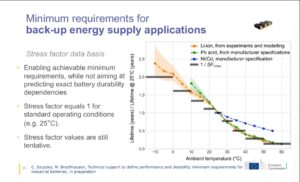
Performance, durability and safety in the Batteries Regulation
Andreas Pfrang, Scientific Officer at European Commission Joint Research Centre
Andreas shared with the audience how the EU Batteries Regulation aims to ensure only sustainable batteries are sold by covering the full battery life cycle, from raw material extraction to production, reuse, recycling, and disposal. From Q3 2027, minimum performance and durability requirements will apply to industrial batteries over 2 kWh, with stress factors used instead of fixed application cycles due to battery variety. These rules will help exclude poor-performing batteries, promote second-life use, and enhance system safety. The European Commission’s Joint Research Centre supports the development of the related requirements or test procedures scientifically. Broader regulations, including Euro 7 and CO₂ CAFE updates, define the next generation of EVs, banning ICE vehicles from 2035. New durability standards across the EU, US, and China are developing, bringing stricter requirements on battery life, emissions, and in-vehicle monitoring systems.

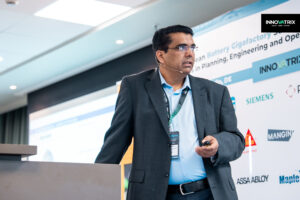
Regulatory Landscapes for Next-Generation EV and ESS Batteries
Ritesh Kadbe, Environmental Regulation leader at Stellantis
Ritesh spoke on how the EU CO₂ CAFE Regulation (2023/851) pushes for next-generation EVs, enforcing an internal combustion engine (ICE) ban from 2035, with only e-fuel ICE vehicles permitted. Hybrid electric vehicles (HEVs) will also phase out. From 2027, plug-in hybrids (PHEVs) will lose zero-emission status due to a stricter utility factor (UF) based on onboard fuel consumption data, potentially increasing reported CO₂ emissions by 50%. New battery durability standards are being introduced globally, requiring around 70–72% battery capacity retention after 8–10 years. Euro 7 regulations will further impact EVs, mandating onboard energy monitoring, brake and tyre emission limits, and battery health tracking.
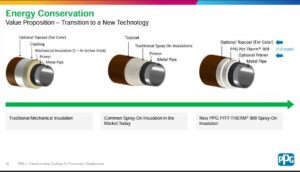
Beyond the Surface: Transformative Coatings for Tomorrow’s Gigafactories
Edo Rem, Regional Segment Manager – Infrastructure, EMEA at PPG Industries
Edo spoke about how advanced coatings enhance the strength and durability of structural steel, ensuring long-lasting performance in tough environments. They improve mechanical resistance, reducing damage during transport and minimising touch-ups on site. Corrosion control is strengthened by extended on-site steel laydown time and maximised service life. Aesthetic value is increased through enhanced technology and added chemical resistance. Innovative fireproofing solutions offer up to four hours of fire protection, are compliant with international standards, and are highly durable—resistant to damage and cracking. They cure rapidly within one day and are versatile, making them applicator-friendly and suitable for environments up to C5.
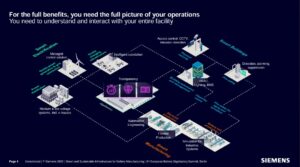
Because data can’t teleport yet: Why your digital advantage hinges on the right industrial data infrastructure.
Andreas Muhrer, Business Owner Batteries – Process Automation and Iurii Iaremenko, Battery Manufacturing Lead – Smart Infrastructure at Siemens AG
The pair from Siemens shared their insights on how a strong industrial data infrastructure is essential in gigafactories to drive digitalisation, which delivers competitive advantages by saving time, reducing costs, and mitigating risks. It improves human-machine interaction, operational efficiency, and data-driven intelligence. A holistic approach that covers IADC, networks, services, and cybersecurity requires expertise across disciplines. Siemens offers early consulting, preconfigured IADC, full factory network architecture, and IoT solutions at cell level, alongside comprehensive cybersecurity strategies. Effective digital infrastructure also enables early detection of smouldering and off-gas emissions, helping to prevent fire spread, reduce equipment damage, and enhance personnel safety. Properly planned and implemented, data infrastructure is the backbone of digitalisation and critical for achieving high-performance, safe, and efficient battery cell production.
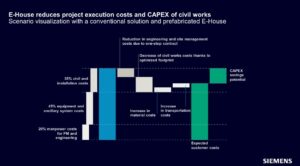
IoT-Enabled Power Distribution Solutions with E-House
Tuğrul Yeşilbağ, Business Developer – Power Distribution Systems at Siemens AG
Tuğrul spoke on how E-House solutions are transforming battery manufacturing by offering agile, modular, and fully equipped alternatives to conventional substations. These pre-tested, containerised units are ideal for remote or harsh environments, reducing project timelines, complexity, and CAPEX. Integrated with IoT-enabled switchgear, E-Houses provide full power monitoring, predictive maintenance, and scalability to match production ramp-up. Siemens enhances this with a holistic execution approach and strong after-sales support, ensuring long-term performance and safety. Their Electrification X platform and SIMARIS control interface enable real-time asset transparency, diagnostics, and operational control, optimising the availability and reliability of energy distribution systems. E-Houses are a future-ready, smart infrastructure solution driving digitalisation and operational excellence in gigafactories.

Best Practices for Manufacturing Training & Fostering Internal Expertise
Zachary Tanghetti, Senior Expert – Learning & Development (German Gigafactory Project) at PowerCo SE
Zachary spoke about how technical training is vital for operational success in cell manufacturing, and written content remains essential as it underpins all other formats and connects Standard Work Instructions. Written materials are easier to update for changing processes and localisation needs. While sourcing content externally may ensure compliance, it often lacks clarity, structure, and accurate translation, making it unsuitable for effective training. Manuals are rarely ready-to-use. Best practices include setting a clear scope and relating complex concepts to everyday experiences. Building a capable training content team requires individuals with strong attention to detail, investigative thinking, and good interpersonal skills. High-quality written training is a cornerstone of efficient and adaptable manufacturing operations.

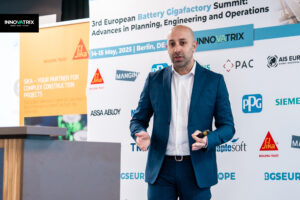
Beyond Installation: Delivering Safe, Scalable, and Sustainable Battery Factory Solution
Giorgio Coluccia, Sales Director at AIS EURELO Ltd
Giorgio spoke to our audience about how seamless battery gigafactory installations rely on effective logistics, staging, and collaboration. Using Kanban principles, equipment is strategically stored for just-in-time delivery, reducing double handling, waste, and ensuring clean, damage-free transitions. Final installations follow strict quality protocols (CQAP), with inspections conducted before equipment transfer. Success depends on proactive planning, multicultural expertise, and close coordination with OEMs, including site visits. A scalable, end-to-end service offers bridging skills gaps and prioritises safety, sustainability, and quality. Specialised knowledge of battery equipment, such as stacking, packing, coating, slitting, calendaring, and laser welding lines, adds operational value. AIS Eurelo has experience across Europe and beyond, supported by global case studies, demonstrating strong technical mastery and collaborative excellence throughout the full lifecycle of gigafactory projects.

Vision & perspectives for a sustainable European battery industry
Aurélien Chevalier, Chief Sales & Programme Officer at ACC – Automotive Cells Company
OEMs and cell manufacturers are facing significant challenges as EV market dynamics shift. Despite the unchanged long-term CO₂ reduction targets for 2025, the European BEV market saw unexpected stagnation in 2024, with regional demand still heavily reliant on subsidies and political backing. This slowdown has led many OEMs to revise their strategies, although leading firms continue to innovate rapidly. ACC aims to become a key European battery player, with a mission to accelerate electric mobility for all and a vision to lead the continent’s battery sector. ACC differentiates itself by honouring commitments and executing its roadmap. However, to build a competitive European battery industry, improving cost competitiveness is essential, along with additional support to secure a sustainable manufacturing base.
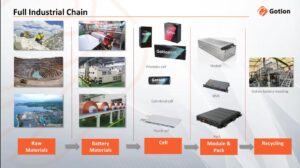
Understanding Gotion’s European: Key Insights and Cultural Challenges
Klaus Gohde, Managing Director at Gotion Germany Battery GmbH
Gotion is a global leader in the energy storage industry, offering a full industrial chain and a diverse product portfolio that includes battery packs, battery energy storage systems (BESS), and commercial & industrial storage solutions. Its vision is to make green energy accessible and sustainable. Gotion operates 14 battery production bases in China, alongside an expanding network of overseas facilities as part of its strategic capacity plan. The company also promotes a strong intercultural environment, supported by structured communication and collaborative activities to foster global integration.
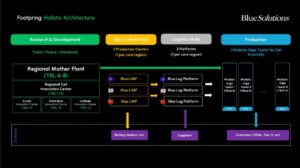
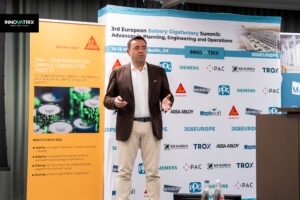
Scaling Solid-State Battery Manufacturing: Challenges and Innovations
Richard Bouveret, CEO & Chairman at Blue Solutions
Blue Solutions’ strategy is built on a unique selling proposition that combines the right industrial footprint, strong value chain partnerships, and agile business models. The company avoids vertical integration, instead focusing on forming strategic partnerships, having signed seven Joint Development Agreements (JDAs) with key industry leaders to accelerate industrialisation. Its approach is human-centric, lean, and frugal, positioning itself as a value partner across the value chain. By targeting value segments and embracing differentiation, Blue Solutions leverages disruptive technology and a sustainable industrial footprint. Its business model enables adaptability, helping build resilience against market volatility, supported by a clear roadmap for future innovation.
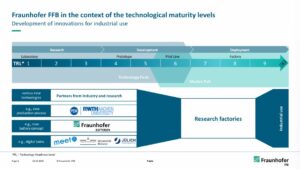
Fraunhofer FFB and the use of Digital Twins at Europe’s innovation platform for battery cell production
Tom Hülsmann, Digital Twin Lead at the Fraunhofer Research Institution for Battery Cell Production FFB
The fully digitalised battery production at FFB PreFab and FFB Fab in BatteryCity Münster showcases cutting-edge innovation in pouch and prismatic cell manufacturing. Using Digital Twins, these factories enable sustainable, efficient production through simulation-based optimisation, virtual commissioning, and predictive control. The all-digital system enhances energy tracking, environmental monitoring, and adaptive control, while ensuring traceability and quality via automated gates and data-driven analytics. Production processes such as mixing, drying, and assembly are optimised using real-time data, predictive maintenance, and advanced simulations. Fraunhofer FFB supports this ecosystem with Europe’s leading infrastructure for developing and testing battery production technologies. It also offers training centres for workers, learning environments for AI systems, and educational spaces for process engineers, creating a scalable, future-ready approach to battery manufacturing.
Sponsors
The 3rd European Battery Gigafactory Summit was supported by a wide range of sponsors who brought their teams to our exhibition hall, and Innovatrix would like to thank them again for their support.
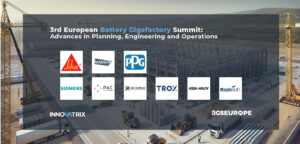
If you want to attend our next summit serving the battery manufacturing sector and have the opportunity to hear presentations like these and many more, join us for our BGSUSA event, taking place later this year, discussing the design and engineering of battery manufacturing facilities in particular. Discover the latest innovations and trends in gigafactory technology, meet with solution providers and hear talks from industry leaders, attend the 4th Battery Gigafactory Summit USA: Advances In Planning, Engineering And Operations taking place in Nashville, Tennessee, USA on Oct 28-29, 2025.
For more information, visit our website or email us at info@innovatrix.eu for the event agenda. Visit our LinkedIn to stay up to date on our latest speaker announcements and event news.
